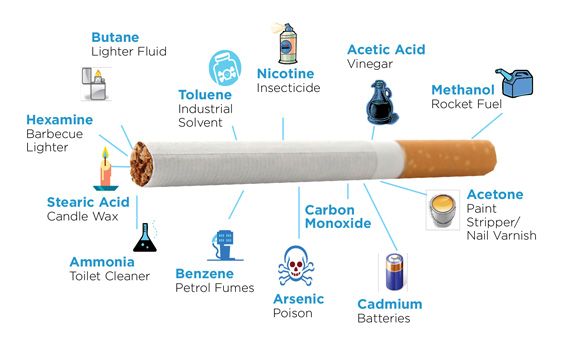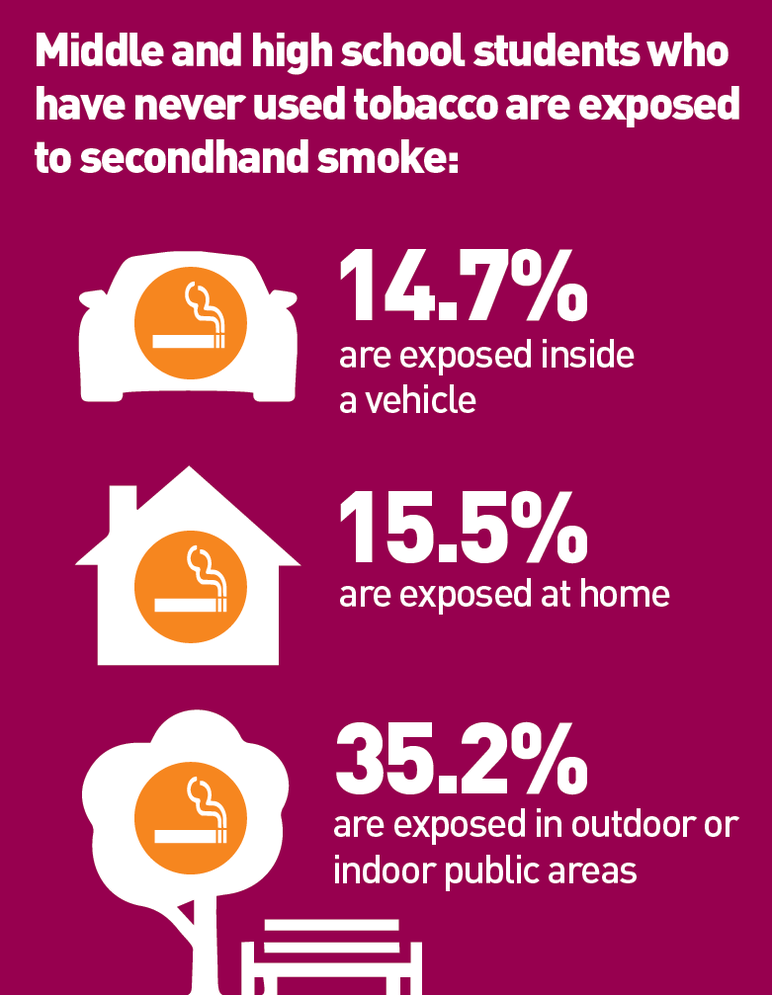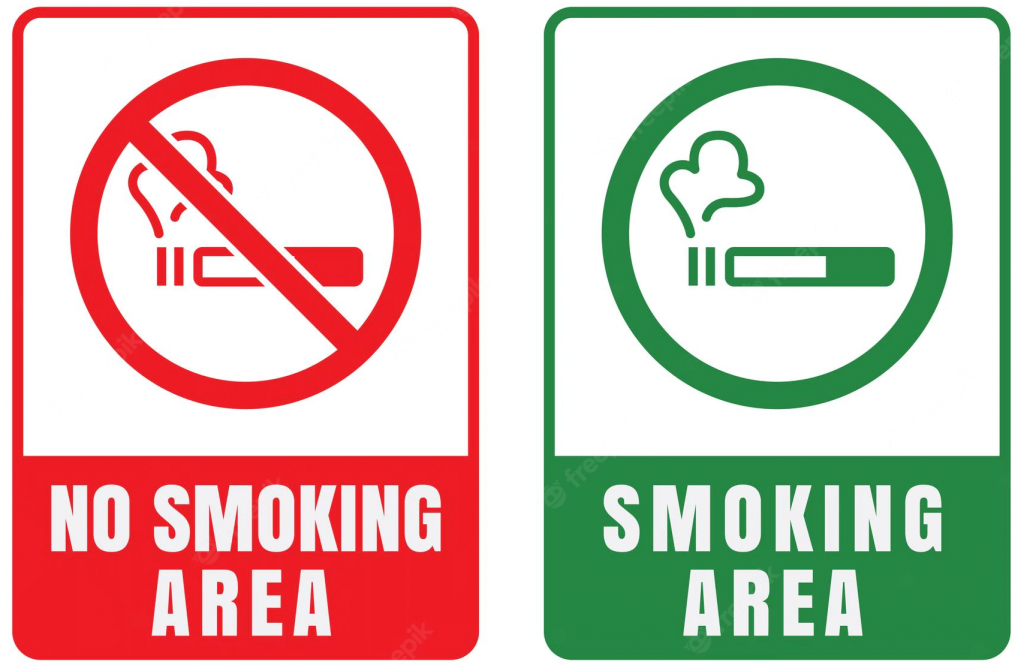Author: Dessibourg Jordan Lucien
Smoking is a habit that has been around for centuries, and while its popularity has waned in recent years, many people still engage in this harmful behavior. While some smokers choose to smoke outdoors or in designated smoking areas, others prefer to smoke indoors, for better convenience, whether in their own homes or in public places where smoking is permitted.
If you have ever wondered about the harmful effects of being exposed to indoor passive smoke from smokers, I advise you to read this blog carefully as it will answer your questions.
The truth is that smoking indoors poses a serious health risk to both smokers and non-smokers alike. It is crucial to take steps to reduce exposure to secondhand exposure and promote healthy living practices. In order to achieve this, a better understanding of the dangers of secondhand smoke is needed.
Smoking involves two types of inhalation: active and passive. Active smoking occurs when a person directly inhales smoke from their own cigarette, while passive smoking, also known as environmental tobacco smoke (ETS), occurs when non-smokers inhale smoke from smokers (mainstream source) or from burning cigarettes, cigars, or pipes (side stream source). Both types of exposure can be harmful and carry health risks.
Tobacco smoke has been linked to numerous health problems, including lung cancer, heart disease, and stroke. While many people are aware of the dangers of smoking, which is a health hazard for the smoker themselves, less attention has been paid to the health risks of ETS, also known as secondhand smoke. According to the Canadian centre of occupational health and safety (CCOHS) (2), it contains more than 7,000 chemicals, many of which are toxic and can cause cancer. The table below provides a list of major harmful compounds present in undiluted mainstream smoke (MS) and diluted side stream smoke (SS) from unfiltered cigarettes :

All of the substances mentioned above are toxic, with some even being known human carcinogens, such as benzene and nickel. Notably, it is interesting to observe that a majority of these compounds have a side stream (SS) to mainstream (MS) smoke ratio greater than 1, indicating that they are found more frequently in side stream smoke compared to mainstream smoke. This can be explained by the fact that mainstream smoke enters the human body and when it is exhaled, the concentration of smoke chemicals is lower. Regardless of the case, these compounds are harmful to human health. The image below provides a representation of some of these compounds and their other sources.

The harmful effects of ETS are well documented. According to the Centers for Disease Control and Prevention (CDC) (5), exposure to ETS can cause lung cancer, heart disease, and stroke in non-smokers. In fact, the CDC estimates that exposure to ETS causes about 34,000 premature deaths from heart disease each year in the United States alone. Additionally, the American Lung Association (6) and the public health organization called Truth Initiative (7) have also estimated that ETS exposure contributes to the premature deaths of 41,000 adults and 400 infants annually, including from lung cancers.
Children and animals are particularly vulnerable to the effects of ETS. According to the American Lung Association (6), children who are exposed to ETS are more likely to experience ear infections, asthma attacks, and sudden infant death syndrome (SIDS). Pregnant women exposed to ETS are also more likely to have low-birth-weight babies and infants with respiratory problems. Furthermore, the Truth Initiative organization (7) states that pets exposed to secondhand smoke from their owners are twice as likely to develop nasal cancer compared to animals not exposed to such smoke.

Despite the extensive evidence of health risks, many individuals continue to be exposed to ETS. Such exposure occurs in various settings, including indoor public areas where smoking is permitted, such as restaurants, bars, and even outdoor locations. Additionally, non-smokers can be exposed to ETS in their own homes or in vehicles. Recent research (7) conducted among adolescents in middle and high schools who have never used tobacco has revealed concerning findings : a significant proportion of young people are exposed to ETS, predominantly in public places, but also at home and in cars.
Approximately 44.5% of middle and high school students are exposed to secondhand smoke from cigarettes, with nearly 25% being exposed to secondhand aerosol from e-cigarettes. Although e-cigarettes emit fewer toxic substances compared to traditional cigarettes, they still release potentially harmful substances, and ongoing research is being conducted to fully understand the risks of exposure. Moreover, an estimated 98.3% of youth who live with a smoker have been exposed to secondhand smoke, in contrast to only 39.9% of youth who do not live with a smoker, as reported by the Truth Initiative organization (7). These statistics underscore the need for increased awareness among smokers about the impact of their actions on the health of others.
There are steps that can be taken to minimize exposure to Environmental Tobacco Smoke (ETS). For instance, smoking should be prohibited in most public places, including restaurants, bars and workplaces. Designated smoking areas should only be permitted with explicit signage, and with caution, as even when separately enclosed, secondhand smoke can still potentially seep into adjacent areas. Non-smokers could also avoid spending long time in the homes of smokers, and smokers should be encouraged to smoke outdoors.


In addition to reducing exposure to ETS, there are other measures that can be taken to improve indoor air quality. These include the use of air cleaning systems, optimization of natural or mechanical ventilation, and avoiding the use of harsh chemicals and cleaning products. However, it is important to note that, according to the Centers for Disease Control and Prevention (5), these measures may not effectively protect non-smokers from secondhand smoke exposure. Conventional air cleaning systems may only remove larger particles and not the smaller ones or the gases found in secondhand smoke. Furthermore, ventilation systems may inadvertently distribute ETS throughout a building without proper control.
In conclusion, ETS is a serious public health problem that poses a significant risk to both smokers and non-smokers. By taking steps to reduce exposure to ETS, we can help to protect the health of ourselves and those around us. It is time for all of us to take responsibility for our own health and the health of our communities by working to reduce exposure to ETS and promoting healthy living practices.
References :
- Vaping Post. Les dangers de la cigarette. Retrieved April 16 2023, from https://fr.vapingpost.com/les-dangers-de-la-cigarette/ (featured image)
- Canadian Centre of Occupational Health and Safety (CCOHS). Environmental tobacco smoke (ETS). Retrieved April 16 2023, from https://www.ccohs.ca/oshanswers/psychosocial/ets/ets_health.html
- Jaakkola, M. & Jaakkola, J. (1997). Assessment of exposure to environmental tobacco smoke. European Respiratory Journal, 10, 2384-2397.
- Joseph R. Giove Clinical Hypnosis. Stop smoking hypnosis Bay Area. Retrieved April 18 2023, from https://www.stopsmokinghypnosisbayarea.com/what-are-the-main-ingredients-in-cigarettes/
- Center for Disease Control et Prevention (CDC). Tobacco use. Retrieved April 16 2023, from https://www.cdc.gov/chronicdisease/resources/publications/factsheets/tobacco.htm
- American Lung Association. Health effects on secondhand smoke. Retrieved April 16 2023, from https://www.lung.org/quit-smoking/smoking-facts/health-effects/secondhand-smoke
- Truth Initiative. The impact of secondhand smoke. Retrieved April 18 2023, from https://truthinitiative.org/research-resources/harmful-effects-tobacco/impact-secondhand-smoke
- Freepik. Retrieved April 18 2023, from https://www.freepik.com/premium-vector/smoking-no-smoking-area-icon-isolated-symbol-vector-illustration_33591928.htm
- EDF. Retrieved April 18 2023, from https://izi-by-edf.fr/blog/les-differents-systemes-de-ventilation/
- Wikipedia. Passive smoking. Retrieved April 15 2023, from https://en.wikipedia.org/wiki/Passive_smoking
- Wikipedia. Tobacco smoke. Retrieved April 15 2023, from https://en.wikipedia.org/wiki/Tobacco_smoking